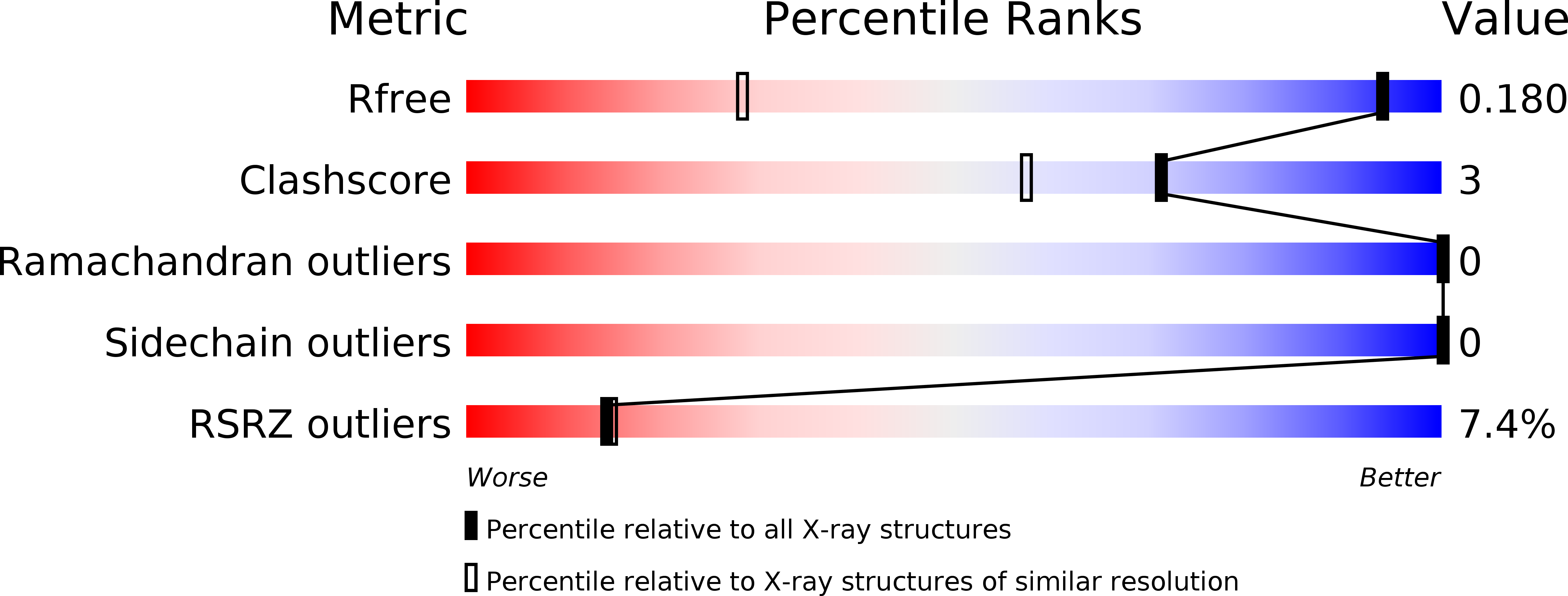
Deposition Date
2015-11-05
Release Date
2016-09-07
Last Version Date
2023-09-27
Entry Detail
PDB ID:
5ELQ
Keywords:
Title:
Crystal structure of the SNX27 PDZ domain bound to the C-terminal DGKzeta PDZ binding motif
Biological Source:
Source Organism:
Rattus norvegicus (Taxon ID: 10116)
Homo sapiens (Taxon ID: 9606)
Homo sapiens (Taxon ID: 9606)
Host Organism:
Method Details:
Experimental Method:
Resolution:
1.10 Å
R-Value Free:
0.18
R-Value Work:
0.16
R-Value Observed:
0.16
Space Group:
P 2 21 21


